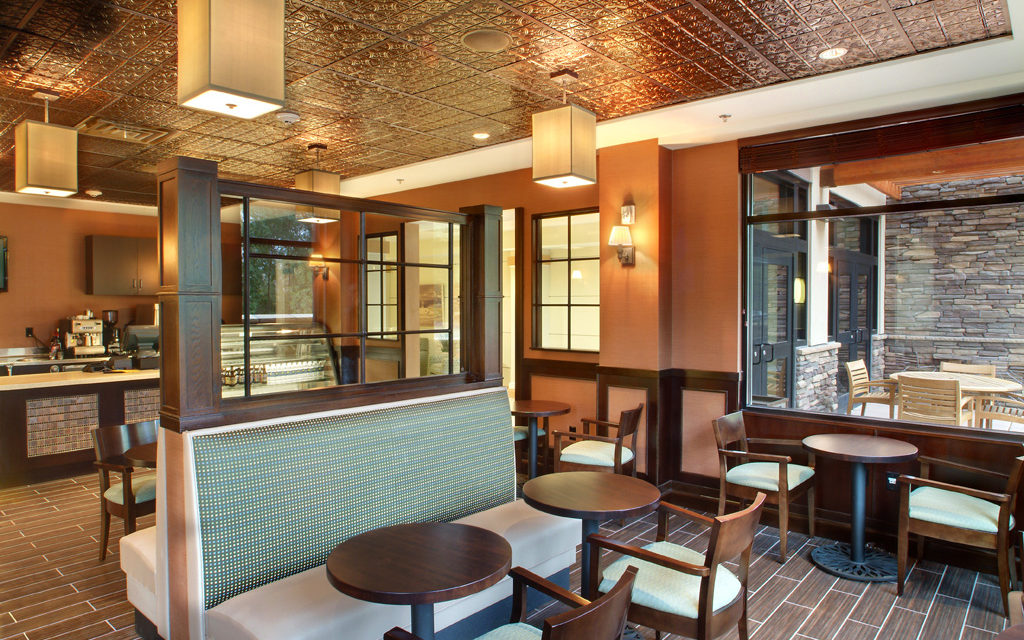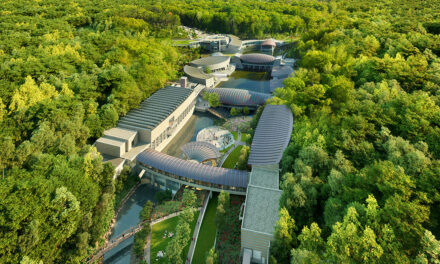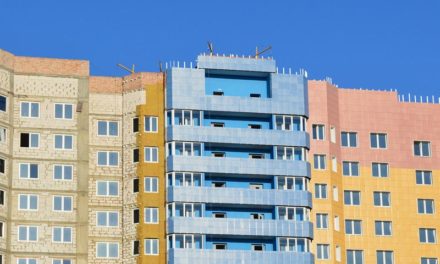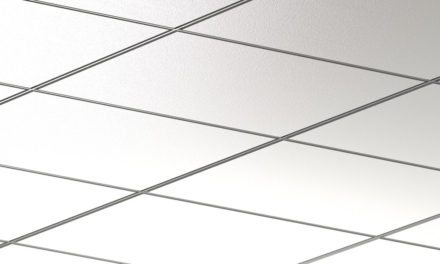Sustainable design tips and predictions from OZ Architecture
When it comes to sustainability in the senior living built environment, we must look inside as well as outside for answers about the future of high performance buildings that promote improved energy efficiency and wellness for their aging residents.
Exterior elements
Exterior elements of a building often form the basis of a sustainable framework or foundation. From the window material to the parking options, here are some considerations for designing an efficient, eco-conscious building, beginning with the exterior.
Switchable glazing on windows
We are seeing a trend toward smarter glazing when it comes to windows. Switchable glazing — glass that darkens based on temperature, brightness or electric current — is becoming more commonly discussed in the industry. New emerging technologies are pushing the industry even further, such as the switchable solar window prototype designed by the National Renewable Energy Laboratory. This solar window dynamically responds to natural sunlight, tinting over when it detects bright light and generating electricity as the glass darkens. It not only shades the building to prevent unwanted glare or heat, but it produces energy at the same time, which could be used for charging batteries, room fans, or even motors to power smart windows to open and close.
Switchable window technology is not inexpensive, but it’s worth considering — especially in senior living environments. Because seniors can be sensitive to light, there’s an inherent advantage to a programmable or self-tinting window. Plus, the automatic nature means there’s no chore for residents who may have a hard time moving or reaching.
A less costly option might be automatic shades for mitigating glare issues, rising when the light is soft and closing off during bright, direct light and during the nighttime.
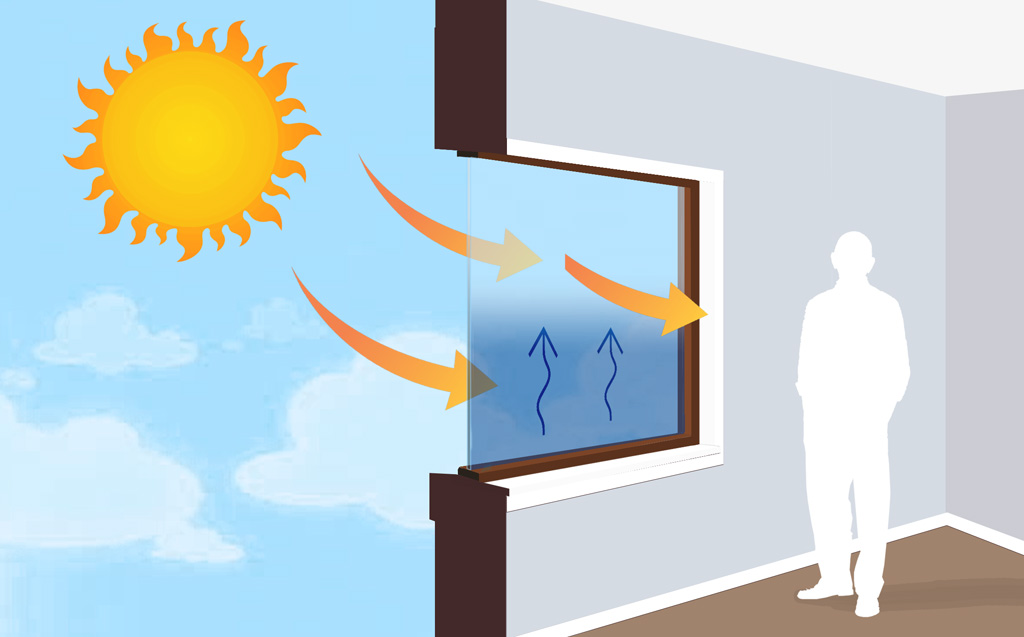
With switchable glazing, windows darken automatically based on temperature, brightness or electric current. This helps keep rooms cooler and eliminates the chore of closing blinds or curtains for seniors who may have trouble moving or reaching. Courtesy of OZ Architecture
Autonomous vehicles and parking stations
Autonomous vehicles are now a reality, and the future of building design must consider what parking lots will look like as more and more people eliminate the need to drive. For seniors, there’s a clear benefit to having the ability to get in a vehicle to go where you like without physically having to drive yourself. What’s more, autonomous vehicles must be electric for the feasibility of the infrastructure to work, so that they can tie into the electricity grid to charge automatically. This makes the future of the automobile cleaner and more energy-efficient than ever before.
Yet, at many senior living facilities, the first thing you see when you arrive is a parking lot. In the near future, we predict fewer parking lots (complete with car charging stations) to better accommodate the way seniors come and go from a facility, which will have a huge impact on senior living design as a whole.
Interior elements
Vulnerable populations such as the aging often spend a good deal of time indoors. Architects and designers must make a point of designing interiors that are both comfortable and convenient for the aging population, and the more low-impact these designs are on the environment, the better.
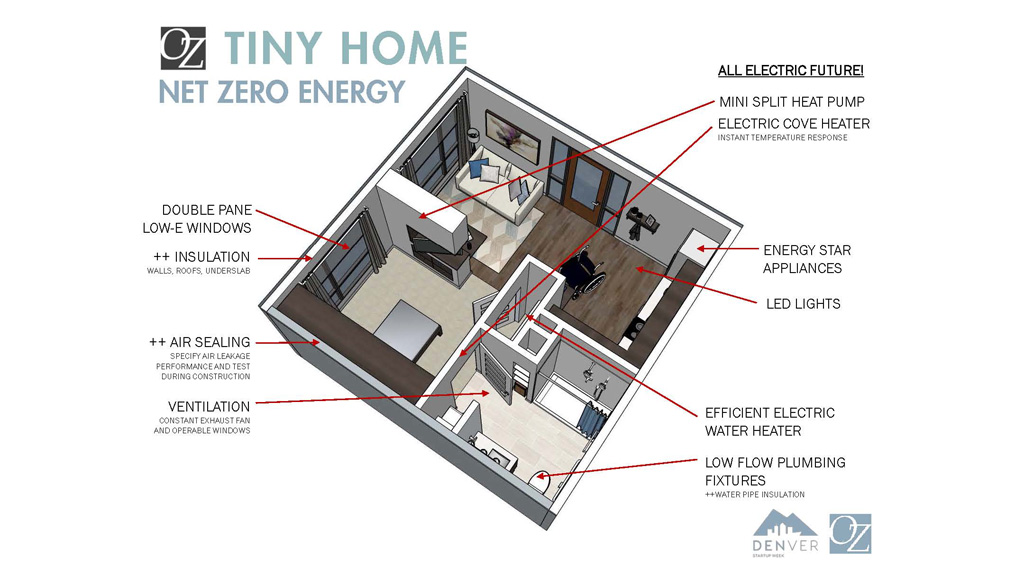
Interior elements like low flow plumbing, energy efficient electric water heaters and LED lights can go a long way toward increasing sustainability in the senior living built environment. Courtesy of OZ Architecture
Lighting automation
The best scenarios are those that combine energy efficiency with automation so that conserving energy is can happen no matter one’s ability or training. One example is with lighting, which can be automated to turn on and off depending on different parts of the day without relying on user responsibility. We often see the same strategy in the hotel industry, in terms of turning lights on only when the room is occupied.
The same idea applies to window coverings in a personal apartment. Elders who cannot reach or adjust their own privacy drapes may end up sitting in the dark all day. For greater energy impact, window coverings that open to let in the daylight can mean avoiding turning lights on while not sitting in the dark all day. This can be especially helpful for memory care settings, where automatic opening and closing of window coverings can signal daytime and nighttime to help stabilize circadian rhythms. Circadian rhythms are the body’s internal processes that occur in response to the amount of sunlight, triggering sleep patterns, digestion, alertness for tasks and other bodily functions.
Radiant heating
Another prediction is a shift toward more radiant heating and cooling technologies in senior living environments. This type of temperature control, which eliminates harsh air blowing from vents and increases comfort when paired with underfloor systems (tubes of hot or cool liquid under the floor), can offer a big improvement when it comes to energy performance and indoor air quality. This is especially true for sensitive seniors, who are more susceptible to indoor air pollutants and drafty ventilation. Radiant heat works to heat the area near the floor, where people are walking or sitting, rather blowing air into the upper stratum of a room.
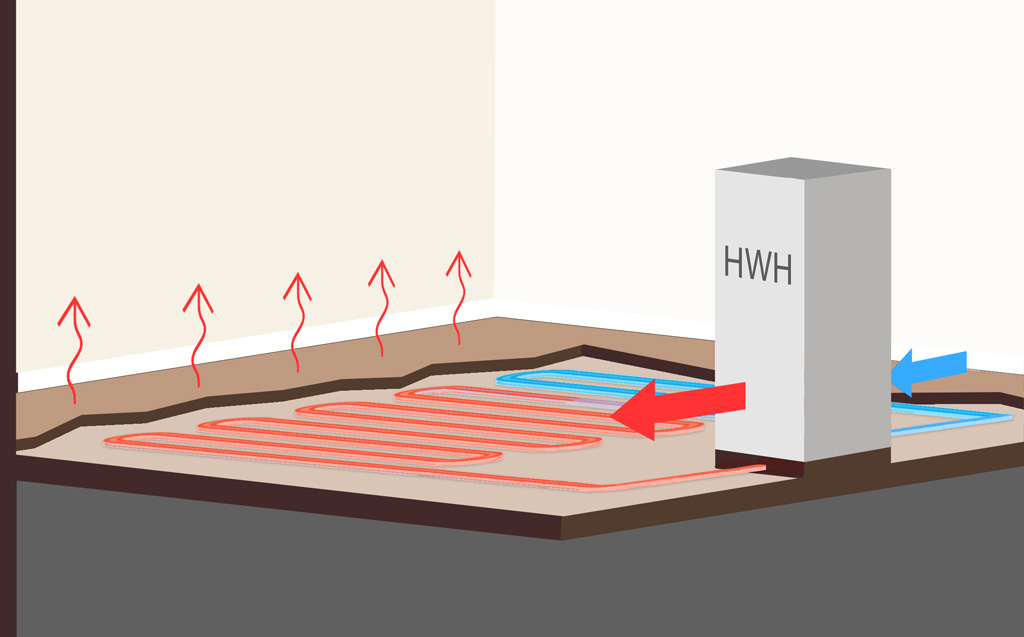
Radiant heating and cooling eliminates harsh air blowing from vents, which improves both indoor air quality and energy performance, while creating more comfortable temperature control for sensitive seniors. Courtesy of OZ Architecture
Encourage education and engagement
While there’s a benefit to automation, engaging residents to learn about caring for the environment and offering ways to get involved can be a great way to create meaning and foster community. For example, some communities will challenge residents to save a certain amount of energy on the utility each month, or limit their trash to a certain amount every week. For more active residents, these types of friendly competitions to live “greener” can have great results for both the environment and the community. Simple educational events, reminders and community programs can go a long way.
As you can see, there are many sustainable design and architecture practices that can be applied to senior living built environments, both on the exterior and within the interior. Thoughtful exploration of both exterior and interior elements can help to ensure more energy-efficient design, while improving wellness and quality of life for the residents.
About the authors
Jami S. Mohlenkamp (Principal) leads the senior living architectural team at OZ Architecture, and Julie Edwards (LEED AP BD+C) is OZ Architecture’s Director of Sustainability. OZ Architecture is a top-tier design and architecture firm based in Denver, Colorado with a 50-year history of thought leadership, innovation and creative design solutions. To learn more about OZ, visit www.ozarch.com.

